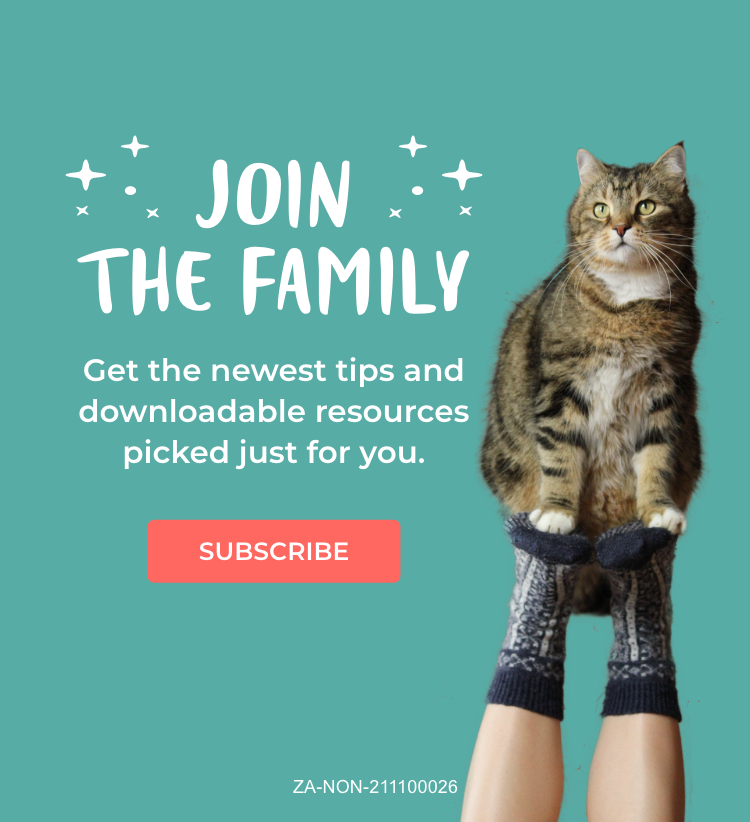Managing diabetes in your cat
HEALTH & PROTECTION
17 Aug, 2023
6 minutes
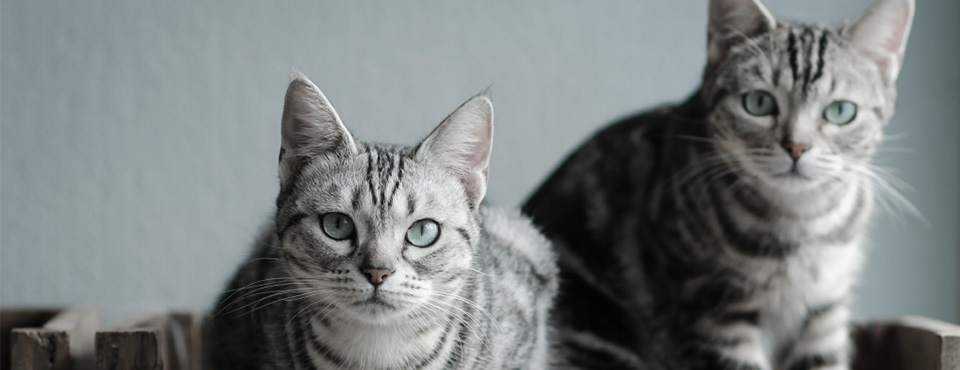
While it may seem daunting at first, diabetes in your cat can be managed successfully with a daily routine of insulin treatment, a low carbohydrate diet and exercise. If your cat needs to lose weight, your veterinarian will advise a controlled weight loss program.
Starting Insulin Therapy
You want your cat to get back to being healthy and happy and with your veterinarian, you can work to achieve this by giving your kitty insulin every day to improve or eliminate the signs of diabetes.
While it can seem intimidating to start administering insulin to your cat, don’t forget that your veterinarian is there to help you! He or she will teach you everything you need to know about giving insulin injections, recommend appropriate diet and exercise for your cat, and help you monitor your feline friend’s progress.
Your veterinarian will calculate a suitable dose for your cat, based on his or her weight and needs. Shortly after starting insulin treatment, you should start to see improvement in your cat’s signs (i.e. excessive thirst and urination). You should record any changes, including your cat’s appetite and attitude, as your veterinarian may need to adjust your cat’s insulin dose, based on how well your cat is doing and the results of follow-up tests.
Insulin doses need to be managed carefully to avoid a serious complication of diabetes – lower than normal blood glucose, which is called hypoglycemia. Your veterinarian will advise you on insulin dose adjustments.
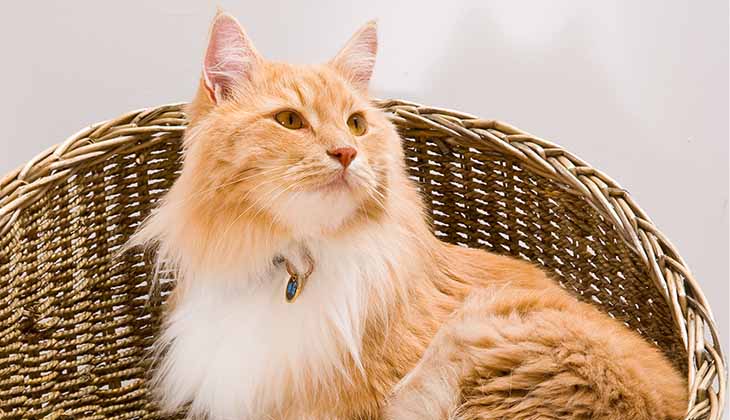
Timing of Insulin Injections
There is an important correlation between your diabetic cat’s insulin injections and his or her daily meals. This is because the insulin injection will help to manage increases in blood glucose that occur as your cat digests his or her food. For this reason, timing insulin injections around meals is crucial, in order to achieve the most benefit.
There are a few ways you can coordinate this, and each has its own benefits:
- Injections immediately before meals – allows you to feed your cat as a reward after injecting insulin.
- Injections during meals – allows you to see that your cat is feeling well and eating normally. This is also helpful in distracting your cat while you administer his or her injection.
- Injections immediately after meals – allows you to see that your cat is feeling well and eating normally before the insulin is injected.
Diabetic cats are generally administered insulin twice daily and their diet is usually split into two equally sized meals, however, cats can also be fussy, and prefer to eat when they choose. Free access to a measured amount of the food is the best option with these furry friends. Consider using a connected feeder to help you monitor when and how much your cat eats.
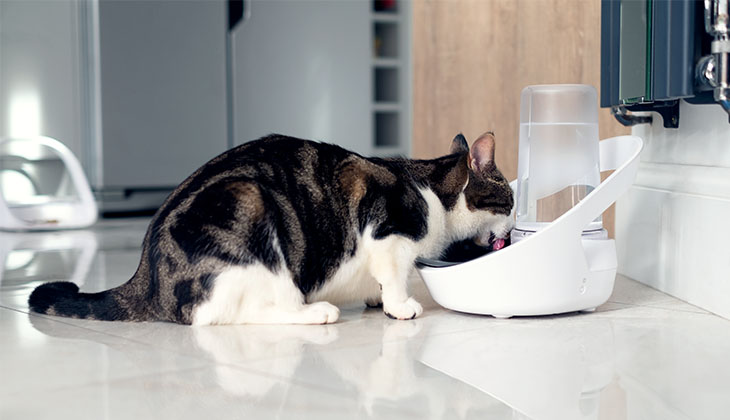
Your Cat, Nutrition and Diabetes
A consistent, tasty and nutritious diet plays a key role in managing your cat’s diabetes. It is important for diabetic cats to eat well to achieve and maintain an ideal body weight and body condition. Your veterinarian can help you select the best diet for your diabetic cat, including suitable treats.
Your veterinarian will work with you to calculate the appropriate caloric intake amount for your cat, which will include any snacks or treats, in addition to his or her daily meals. It’s also best to keep meal content, amount and timing the same each day to minimize blood glucose fluctuations.
A few things your veterinarian may recommend that you include:
- Regular cat food that is balanced and complete or a specially formulated prescription food to help minimize fluctuations in blood glucose.
- Clean drinking water that is always available for your cat and that can be measured to monitor your cat’s progress.
- Snacks or treats that are suitable for diabetic cats and can be fed as part of your cat’s daily caloric intake.
Remission
Some diabetic cats go into remission meaning that they no longer need insulin after a period of several weeks or even months of treatment, which varies from case to case. The first sign may be a decrease in your cat’s insulin dose which can be followed by remission (insulin is no longer required). It is important that you closely monitor you cat, keeping this in mind. Successful maintenance treatment often eliminates clinical signs anyway. Remission can be confirmed if your cat no longer needs insulin for 4 weeks or more after insulin treatment has been stopped. Remission often occurs after cats that are still able to produce insulin have successfully stopped losing weight. If your cat goes into remission, you will still need to take special care of your cat’s weight, diet and lifestyle. Ask your veterinarian if remission may be a treatment goal for your cat.
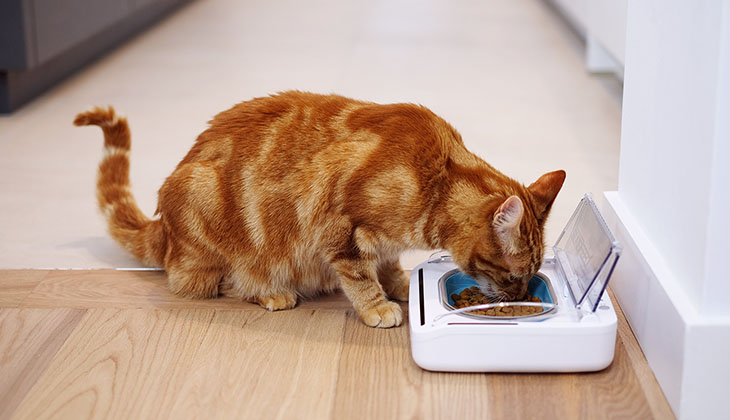
Other things to consider
Will my cat eat a new diet?
Some cats are fussy eaters and introducing a new food is not always easy. If your cat is not eating his or her new food, try giving it a couple of days for him or her to get used to it. You can also try mixing the new food with your cat’s previous food and gradually decreasing the amount of the old food in the mix. It is important that your diabetic cat eats consistently and if your cat is really not taking to the new food, you should discuss alternatives with your veterinarian, or you may have to manage the diabetes on the original food but with a higher dose of insulin.
How do I manage my cat’s body weight?
Getting and keeping your cat to his or her ideal body weight can help simplify the management of diabetes. Your veterinarian can advise you about your cat’s body weight and condition and help you manage it.
Underweight Cats – These kitties need a highly digestible diet containing high-quality protein which should help your cat gain weight gradually.
Overweight or Obese Cats – These furry friends need to lose weight gradually.
This Seems Like A Lot To Remember!
Managing the health and nutrition of your diabetic cat is really important and it can seem like a lot. The good news is that there are several products that can actually make feeding, tracking and monitoring just a little easier for you – plus, provide you with the reassurance that your beloved feline companion is getting just what he or she needs. Connected feeders and app-based trackers that track your cat’s diabetes are just a couple of the devices available to help you measure and monitor your cat’s meal portions and track and manage your kitty’s diabetes.
Is there anything else I should remember?
Don’t forget, most cases of feline diabetes can be managed at home and once stabilised, using insulin treatment and diet, affected cats can live just as long and actively as other cats, and can even go into remission entirely. The keys to managing your cat’s diabetes will rely on a consistent daily routine and monitoring signs of diabetes (or improvement thereof). Also, remember how important it is to keep an open dialog with your veterinarian!
ZA-CAN-221000011
RELATED POSTS
-
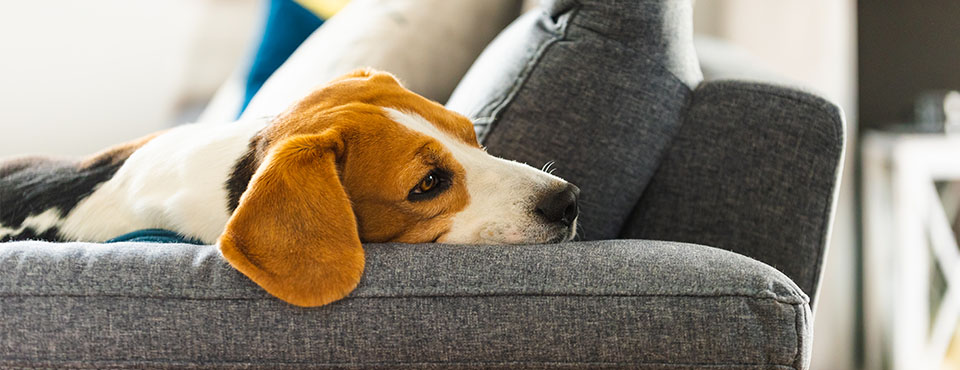
Learn about canine babesiosis, a tick-borne disease that affects dogs worldwide. Discover its symptoms, treatments, and how to prevent it.
-
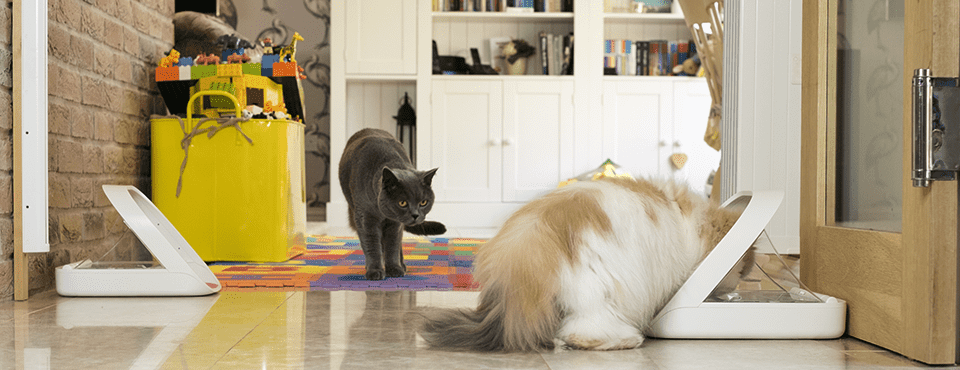
Explore how diabetes impacts cats, its signs, risk factors, and effective management through medication and diet for a healthier feline life.
-
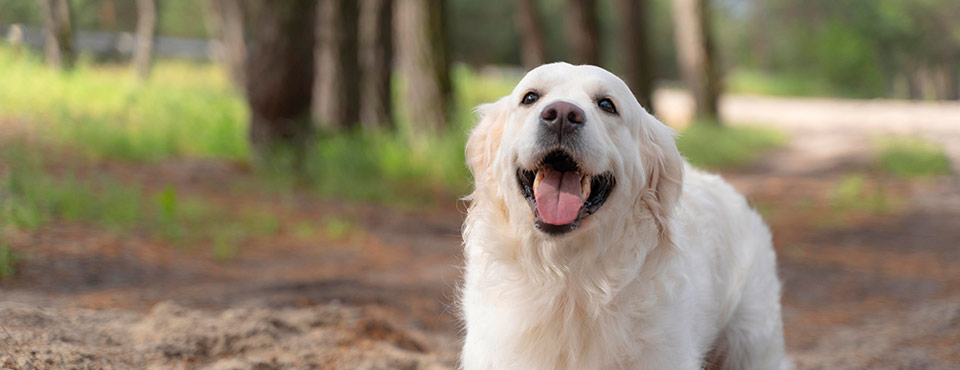
Diabetes affects an estimated 1 in 300 dogs, diabetes is more common in middle-aged and older dogs (4-14 years of age), it can be diagnosed in dogs of any age, including young dogs. Read more.
-
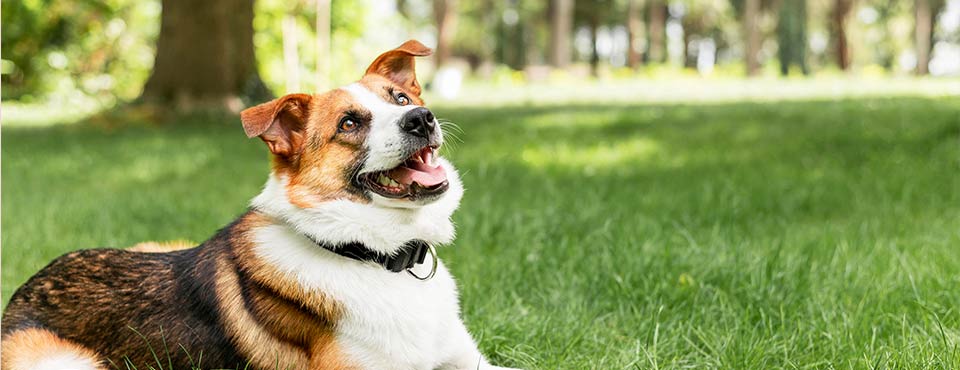
Ever wonder how your dog experiences the world? Why he or she sniffs everything, everywhere? Read more and find out





